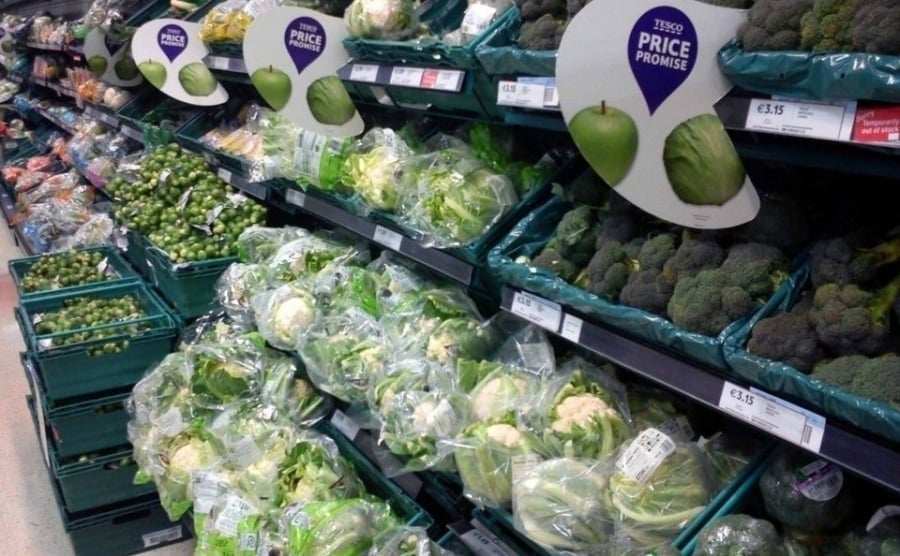Supermarkets often lure consumers with their enticing discounts, giving them a sense of scoring a great deal. However, not all bargain items are worth the savings. Sometimes, attractive promotions hide the motive to offload inferior quality, near-expiry, or less-than-fresh produce. It’s essential for shoppers to stay vigilant and not let their emotions guide their purchases, lest they lose money and end up with subpar products.
Pre-cut Fruits: Convenience with a Catch
Pre-cut fruit trays, neatly wrapped and attractively displayed, offer a quick and convenient option for busy individuals. They seem hygienic, appealing, and perfect for hot summer days. But there’s a hidden risk—these fruits might be processed from bruised or almost-spoiled produce. Staff may remove damaged parts and only display the seemingly fresh portions. While the appearance might be deceptive, the taste often falls flat, and there are potential health risks if proper storage practices aren’t followed.

Discounted Milk: A Tempting Treat, but Use with Caution
Promotions like “buy one, get one free” or hefty discounts on milk can excite consumers. However, beware! These are often near-expiry batches that need to be consumed quickly. If you can’t finish the milk promptly, it might go to waste, and consuming expired milk can be harmful to your health.
Off-season Produce: Pricier and Less Reliable
Fruits and vegetables that are out of season tend to be significantly more expensive and rarely match the freshness and quality of in-season produce. They may have been stored for extended periods or imported from distant locations, resulting in reduced nutritional value and natural flavor.
Instead of indulging in off-season cravings, opt for seasonal produce—it’s tastier, more affordable, and healthier for your family.
Frozen Seafood on Sale: A Freshness Trade-off
Supermarkets often discount frozen seafood to clear stock. While the price might be right, if the product has been stored for too long, the meat loses its firmness, the flavor becomes dull, and the nutritional value diminishes.
To ensure quality, carefully check the expiration date, packaging, and temperature of the product. Stay alert to avoid buying seafood that has “lost its freshness along with its price.”
Ground Meat: Convenient but Requires Caution
Ground meat is a convenient choice for busy home cooks, saving them time on food preparation. However, the downside is that you can’t control the source of the meat: what type it is, whether it’s fresh, or if it contains excessive fat or leftover scraps from the previous day.
Some supermarkets might use meat that is no longer very fresh for their ground meat products, so it’s best to opt for reputable brands, carefully check the packaging and production date, and consider choosing meat ground at the counter to ensure the safety of your family’s meals.

Bottled Sauces: Quick but Check the Ingredients
Bottled sauces like meat marinades, salad dressings, and sweet and sour sauces provide convenience in the kitchen. However, behind the appealing flavors lies a long list of preservatives, colorings, and flavor enhancers—ingredients that aren’t exactly health-promoting if consumed regularly.
A safer alternative is to make your own sauces at home using fresh ingredients. Simple sauces can be easily prepared from ingredients like lemon, garlic, olive oil, honey, vinegar, and pepper—tasty and healthy for your family.
Traditional Markets: A Fresher, More Affordable Option
Compared to supermarkets, traditional markets often offer fresher and cheaper vegetables, especially in the early morning when the produce has just arrived. Additionally, the food sold in these markets usually comes directly from local farmers, minimizing the involvement of middlemen and ensuring the produce retains its freshness and natural flavor.
If you have the time, consider visiting the traditional market early to select high-quality, affordable produce while also supporting local agriculture.



































